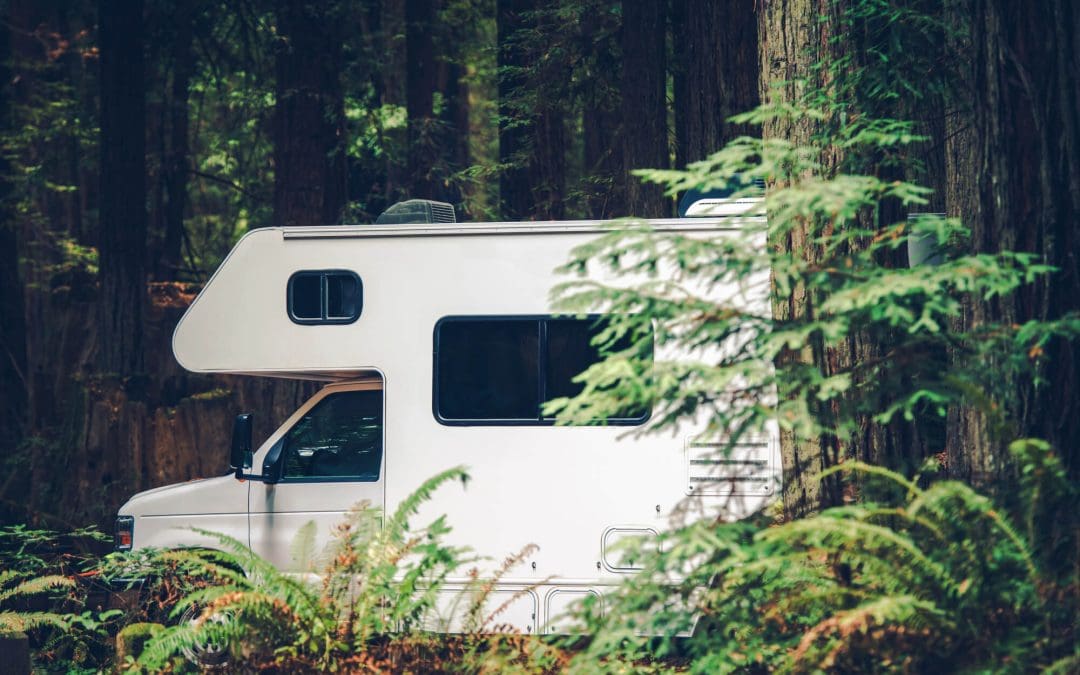There’s nothing quite like hitting the open road, exploring new places, and experiencing the freedom of a cross-country RV trip. Whether you’re a seasoned RVer or planning your first big adventure, careful planning will make the journey smoother and more enjoyable. From mapping out your route to knowing what to pack, here’s everything you need to know before setting off on your great American road trip.
Choose Your Route and Stops
The first step in planning a cross-country RV trip is deciding where you want to go and what you want to see along the way. Some travelers prefer a structured itinerary with reservations at every stop, while others like a more flexible, go-with-the-flow approach. Consider how much time you have, the distance you want to cover, and the sights most important to you.
Take advantage of travel apps and mapping tools to plan your route. Google Maps, Roadtrippers, and RV-specific apps like RV Life or Campendium can help you find RV-friendly routes, campgrounds, and fuel stations. Keep in mind that not all roads are RV-friendly, so double-check for height restrictions, steep grades, and low-clearance bridges before finalizing your plans.
Book Campsites for Your Cross-Country RV Trip in Advance
While spontaneity can be fun, it’s always a good idea to book campgrounds in advance, especially during peak travel seasons. National parks, popular RV resorts, and scenic campgrounds can fill up months ahead of time. If you’re traveling to highly sought-after destinations, make reservations early to secure a spot.
For those who prefer boondocking (camping without hookups), research public lands managed by the Bureau of Land Management (BLM) or use apps to find safe and legal overnight parking. Be sure to check local regulations, as some areas have restrictions on overnight stays.
Prepare Your RV
Before hitting the road, make sure your RV is in top shape. Check the tires, brakes, fluid levels, and all essential systems to avoid breakdowns. If you’re renting an RV, inspect it thoroughly before leaving the lot and ask the rental company about any specific maintenance requirements.
Packing the right gear is also crucial. Essentials include leveling blocks, sewer hoses, power adapters, extra fuses, and a tool kit. To make your trip more enjoyable, don’t forget comfort items like camping chairs, a good mattress topper, and outdoor cooking equipment.
Budget for the Trip
A cross-country RV trip can be more affordable than other forms of travel, but costs can add up quickly. Gas is often the biggest expense, so calculate your expected mileage and fuel costs before you leave. Other expenses include campground fees, food, activities, and emergency funds for unexpected repairs.
If you want to save money, consider staying at free or low-cost campgrounds, preparing your own meals instead of eating out, and using discount programs like Good Sam or Passport America for RV park savings.
Plan for Food and Supplies
One of the perks of RV travel is having a kitchen on board. Plan meals ahead of time, stock up on groceries before heading into remote areas, and bring a mix of fresh, non-perishable, and easy-to-make meals. Many RVers meal prep before their trip to minimize cooking time on the road.
It’s also smart to carry extra drinking water, propane, and other essentials like toilet paper, cleaning supplies, and first aid items. The more prepared you are, the less you’ll have to worry about restocking in unfamiliar areas.
Be Prepared for the Unexpected on Your Cross-Country RV Trip
Even with careful planning, unexpected situations can arise. Weather conditions, mechanical issues, or road closures might require you to adjust your plans. Having a backup plan and being flexible will help keep stress levels low.
Make sure you have roadside assistance coverage specific to RVs, as regular auto policies might not cover large motorhomes or trailers. Keep emergency contacts handy and let friends or family know your planned route in case of an emergency.
A cross-country RV trip is an incredible adventure, and with the right preparation, it can be one of the most rewarding experiences of your life. Plan ahead, stay flexible, and most importantly, enjoy the ride.
Frequently Asked Questions on Cross-Country RV Trips
How long does a cross-country RV trip take?
The duration depends on your route and pace. Some people complete the trip in two weeks, while others take several months. It’s best to plan based on how much time you have and how many stops you want to make.
How much does a cross-country RV trip cost?
Costs vary based on fuel prices, campground fees, food, and activities. On average, a month-long trip can range from $3,000 to $6,000, but this can be lower or higher depending on travel style and expenses.
Do I need a special license to drive an RV?
Most RVs can be driven with a standard driver’s license. However, some larger motorhomes or commercial-style RVs may require a special endorsement, depending on your state’s regulations.
USRV Inspector provides professional RV inspection services to RVers throughout the United States. Contact us to schedule an appointment.

